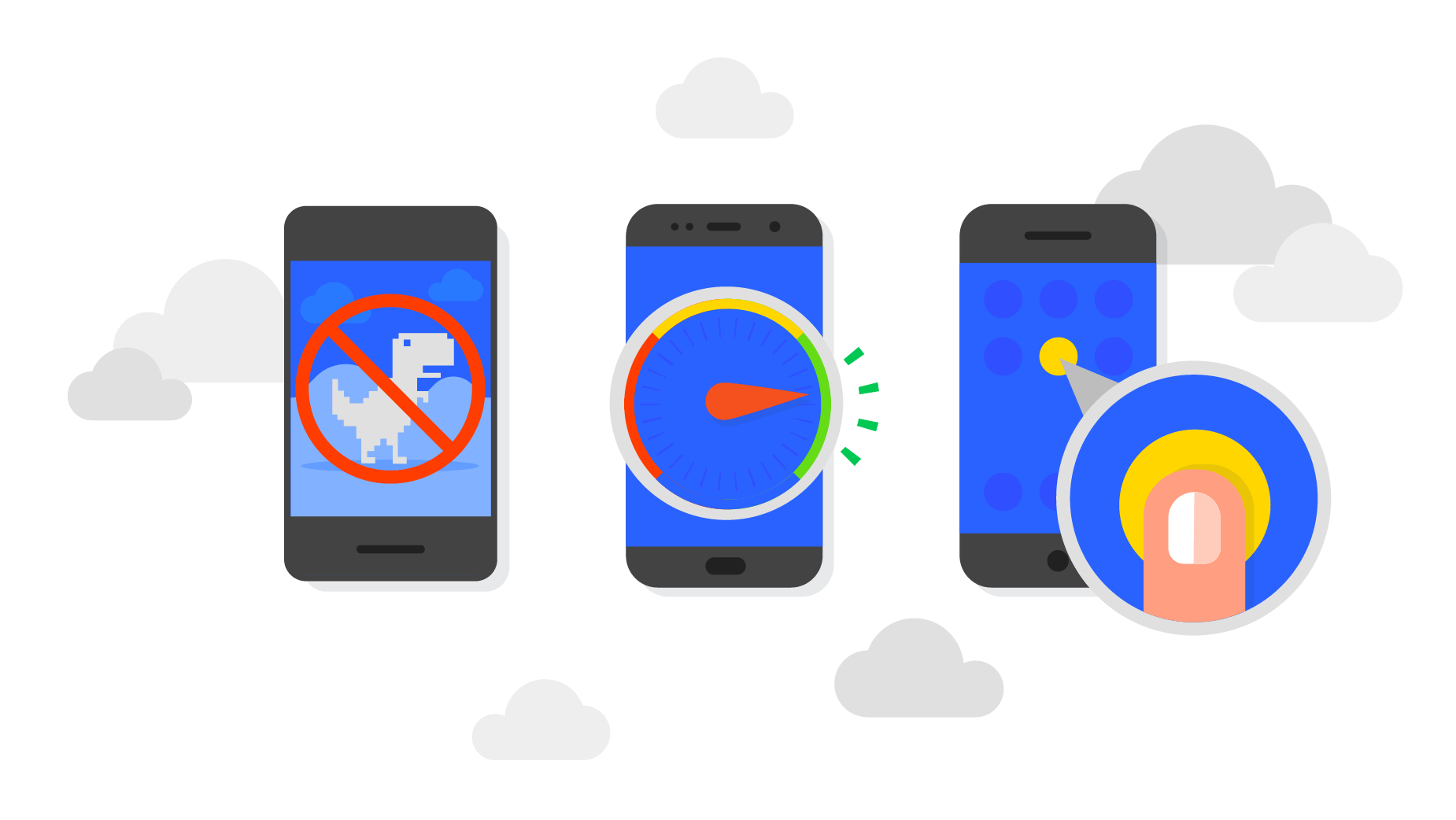Progressive web apps are able to deliver an app-like experience for its users over the web using advanced capabilities that allow it to operate with the same functionality. They essentially do not confine application developers with respect to operating systems and compatibility.
As the norm, there are applications available for the mobile platforms that align themselves well within the operating system compatibility. These applications are equipped with push notifications, working without an internet connection, widgets, home screen, and an overall better user experience. However, with web applications, a majority of the functionality and features are not available over a mobile web browser. This gap served as a scope for the development of Progressive web applications that were able to host all features of mobile applications over a web browser with better designs, API changes, and other modifications.
As the norm, there are applications available for the mobile platforms that align themselves well within the operating system compatibility. These applications are equipped with push notifications, working without an internet connection, widgets, home screen, and an overall better user experience. However, with web applications, a majority of the functionality and features are not available over a mobile web browser. This gap served as a scope for the development of Progressive web applications that were able to host all features of mobile applications over a web browser with better designs, API changes, and other modifications.

Progressive Web Apps have features of other mobile applications that run on the platform post-installation. The features of native apps are brought to the mobile web and to the compatibility of a mobile web browser through components that share standards-based technology. This technology allows the application to run securely over the web without requiring any form of installation. These components form and function in critical features of the Progressive Web Apps. Their collectivity as both design units (App shells) and Web APIs (Service workers) allow the developer to make their web application unique and offer a richer experience to the user. How these components work is mentioned below.
Components of Progressive Web Applications
Service Workers
In the background, there are proxy components known as Service Workers that ensure that the progressive web application is able to function effectively, perform complicated functions such as push notifications, offline functionality, content caching, memory allocation, etc. It alternates between networks and monitors connectivity changes. They are currently available on Chrome and Android. Support for other mobile platforms is currently in the works.
In the background, there are proxy components known as Service Workers that ensure that the progressive web application is able to function effectively, perform complicated functions such as push notifications, offline functionality, content caching, memory allocation, etc. It alternates between networks and monitors connectivity changes. They are currently available on Chrome and Android. Support for other mobile platforms is currently in the works.
App Shell
Another crucial component of a progressive web application is the App Shell model. An App shell is a design component that offers a shell of the application user interface. The App shell compliments the functional component of the progressive web application well.
Another crucial component of a progressive web application is the App Shell model. An App shell is a design component that offers a shell of the application user interface. The App shell compliments the functional component of the progressive web application well.
Conclusion
Web applications lack the design and features that mobile applications offer. This gap in the application development is filled by progressive web applications. These applications bring to the table advanced Web APIs, service worker components, and an overhaul in terms of the design. With progressive web applications, mobile user experience is drastically improved.
Web applications lack the design and features that mobile applications offer. This gap in the application development is filled by progressive web applications. These applications bring to the table advanced Web APIs, service worker components, and an overhaul in terms of the design. With progressive web applications, mobile user experience is drastically improved.

No comments:
Post a Comment